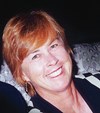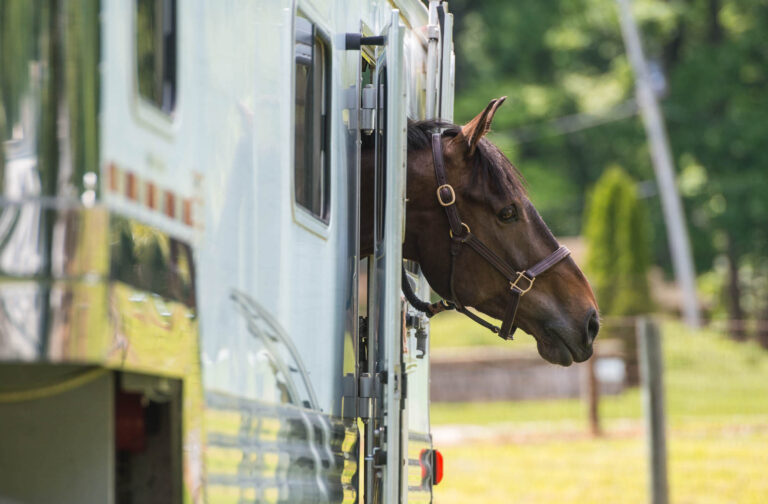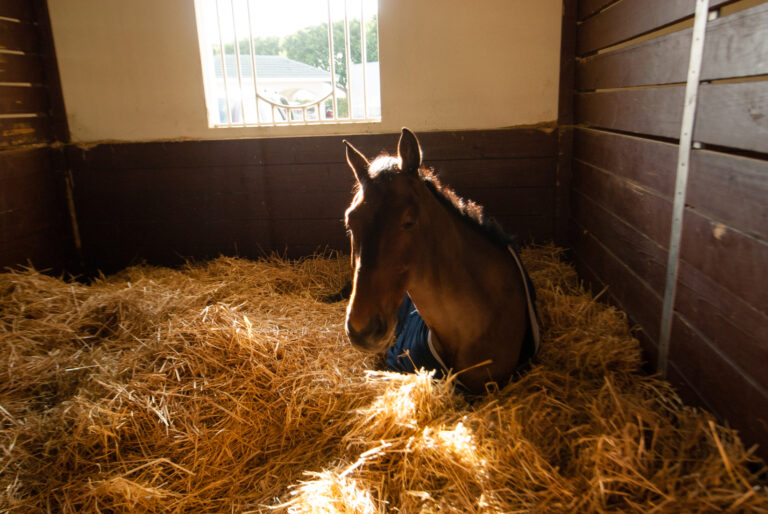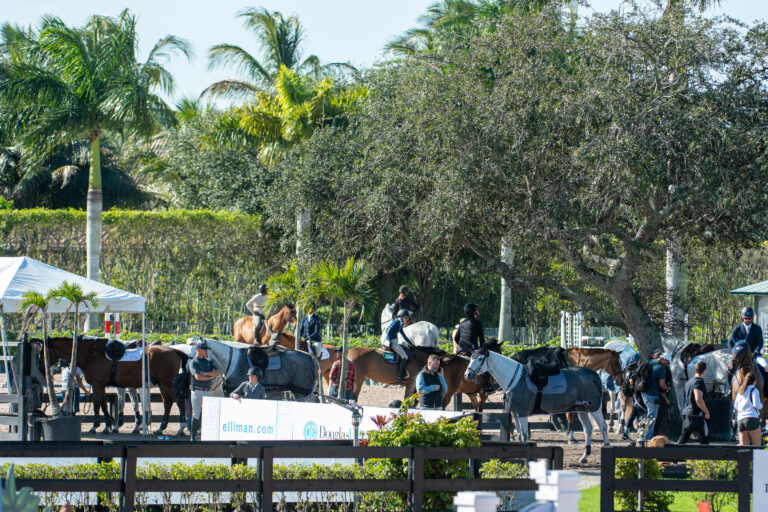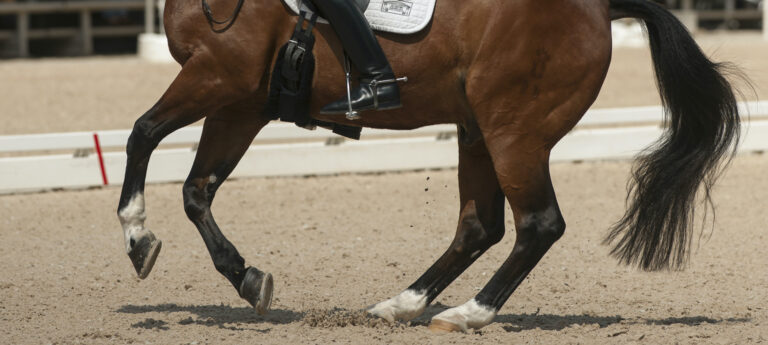Q: We’ve had a discussion at our barn about the age of competition horses. Most competition horses are in their teens at the most. My horse is 20, and some people think he is too old to be shown, not flashy enough. He is healthy and sound. What is your opinion?
Name withheld by request
Charlotte Trentelman
A: In this day and age, older horses have a much better chance to continue competing than ever before. We have daily supplements to help manage the mature athlete (equine and human). Veterinary research has expanded to enable us to keep our partners in the ring longer. The Dressage Foundation Century Club, which recognizes a horse and rider age combination of 100 years, is growing. I’d also like to think that proper professional education helps to develop training programs that aren’t as demanding on older joints. We use our new knowledge to keep schoolmasters happier and productive much longer. I’ve often heard riders and instructors say that, “18 [years] is the new 12.”
I can think of several times in the past year where I’ve noted on programs that a horse was competing past the age of 20, and not just at Training Level. Most memorable was a junior showing in a dressage seat equitation class, who, at the end of the class, proudly told me that her pony was 31 years old.
If you are lucky enough to have a sound schoolmaster who is a little older than average, I believe that’s a good way to learn the movements and begin competing. A healthy horse is probably going to stay that way longer if he’s working. Perhaps your training might be less strenuous and repetitive. Maybe your training schedule should have more rest days than a younger horse’s. Even if your horse is not flashy, you can gain experience and be much further along in your study of dressage when you move on to another mount.
I believe that in order to make progress, you need to have short- and long-term goals. A typical short-term goal would be to enter enough shows and compete at a certain level with the hope of qualifying for regional championships or a club’s year-end awards. Be realistic in the goals you set for yourself and your horse. Take lessons often so that you can learn as much as possible from this opportunity. The long-term goal would be to think about what you would like to be riding in five years. What level? What horse? What shows? Short-term goals are very specific. Long-term goals may be more hopeful, are subject to change and almost never are achieved in the time you plan for them.
For now, listen to your instructor, read what judges say on your tests and listen to yourself. If you’ve made a realistic short-term goal and are not successful, you need to evaluate whether or not it was attainable. If not, will you be happy setting a lesser goal?
Judges have to be honest in telling you what they see. Notice if you hear the same problems from different judges. Look to see if you are fulfilling the requirements of the levels. Evaluate this information to decide if it’s a riding difficulty or if the horse is losing ability. Sadly, there will be a day when you may consider retiring your partner. Or he could become a noncompeting schoolmaster for another beginner.
When it comes down to it, we are all responsible for the health and well-being of our horses. But the more you learn on this horse, the better prepared you’ll be for the next.
A word of caution: Just because a horse is trained to Third Level doesn’t mean that you should start competing at that level if you haven’t had experience at the lower levels. I hear a lot of riders say that their horse cannot be ridden unless he’s in a double bridle, so they want to start at Third Level. Take the time to develop your seat and the timing of your aids so that your horse remains light in either snaffle or double bridle. The most successful FEI riders know how the basics work through all the levels.
Charlotte Trentelman is a USEF “S” dressage judge who has competed through Grand Prix. A breeder of Holsteiners, she and her husband, Chris, run Rebel Ridge Farm in Florida, a facility that caters to dressage and driving enthusiasts (rebelridge.net).
